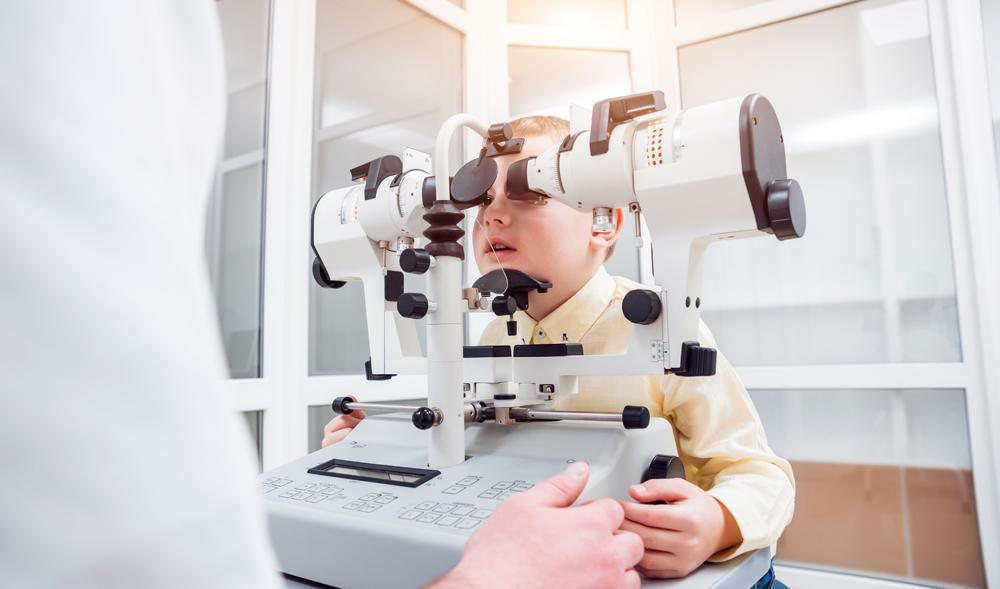Specialized Retina Service Near Me: Top-Notch Eye Treatment Professionals
Specialized Retina Service Near Me: Top-Notch Eye Treatment Professionals
Blog Article
The Duty of Advanced Diagnostic Tools in Identifying Eye Disorders
In the world of ophthalmology, the use of sophisticated diagnostic devices has actually transformed the early recognition and administration of various eye problems. As the demand for precise and prompt diagnoses proceeds to grow, the integration of sophisticated tools like optical coherence tomography and aesthetic field screening has come to be vital in the realm of eye treatment.
Significance of Very Early Diagnosis
Early diagnosis plays a critical function in the efficient administration and therapy of eye conditions. By finding eye problems at a very early phase, health care suppliers can supply ideal therapy strategies customized to the details problem, eventually leading to much better results for clients.

Technology for Detecting Glaucoma
Cutting-edge analysis innovations play an important role in the very early detection and monitoring of glaucoma, a leading source of irreparable loss of sight worldwide. One such modern technology is optical coherence tomography (OCT), which provides thorough cross-sectional pictures of the retina, allowing for the dimension of retinal nerve fiber layer thickness. This dimension is vital in assessing damages triggered by glaucoma. An additional advanced device is visual area testing, which maps the level of sensitivity of a patient's aesthetic area, assisting to detect any type of locations of vision loss attribute of glaucoma. In addition, tonometry is utilized to gauge intraocular pressure, a significant threat element for glaucoma. This examination is essential as raised intraocular stress can result in optic nerve damages. Moreover, newer modern technologies like making use of expert system algorithms in examining imaging information are showing promising cause the very early discovery of glaucoma. These sophisticated analysis devices make it possible for ophthalmologists to diagnose glaucoma in its onset, permitting prompt treatment and far better monitoring of the disease to stop vision loss.
Duty of Optical Coherence Tomography

OCT's capacity to measure retinal nerve fiber layer thickness enables for accurate and unbiased dimensions, aiding in the very early detection of glaucoma also before aesthetic field flaws emerge. OCT innovation allows longitudinal tracking of architectural changes over time, assisting in personalized treatment strategies and prompt interventions to assist maintain patients' vision. The non-invasive nature of OCT imaging likewise makes it a recommended option for checking glaucoma progression, as it can be repeated consistently without causing discomfort to the individual. On the whole, OCT plays an essential duty in boosting the analysis accuracy and administration of glaucoma, read here eventually adding to better outcomes for individuals at danger of vision loss.
Enhancing Diagnosis With Visual Area Screening
An essential component in comprehensive ocular evaluations, aesthetic area testing plays a critical role in enhancing the analysis procedure for different eye disorders. By assessing the full extent of a person's aesthetic area, this examination offers essential information concerning the practical integrity of the whole visual pathway, from the retina to the visual cortex.
Aesthetic area testing is specifically useful in the diagnosis and management of problems such as glaucoma, view it optic nerve conditions, and different neurological diseases that can affect vision. With quantitative dimensions of peripheral and main vision, medical professionals can identify refined changes that might indicate the visibility or development of these disorders, also before recognizable symptoms take place.
Additionally, aesthetic field screening allows for the surveillance of treatment effectiveness, helping ophthalmologists tailor restorative treatments to individual people. eyecare near me. By tracking changes in aesthetic area efficiency in time, doctor can make enlightened choices about changing medicines, advising surgical treatments, or applying other suitable actions to preserve or enhance an individual's aesthetic feature
Managing Macular Degeneration

Final Thought
In final thought, progressed analysis tools my response play an important function in recognizing eye problems early on. Technologies such as Optical Coherence Tomography and visual field screening have actually greatly improved the accuracy and performance of detecting conditions like glaucoma and macular degeneration.
Report this page